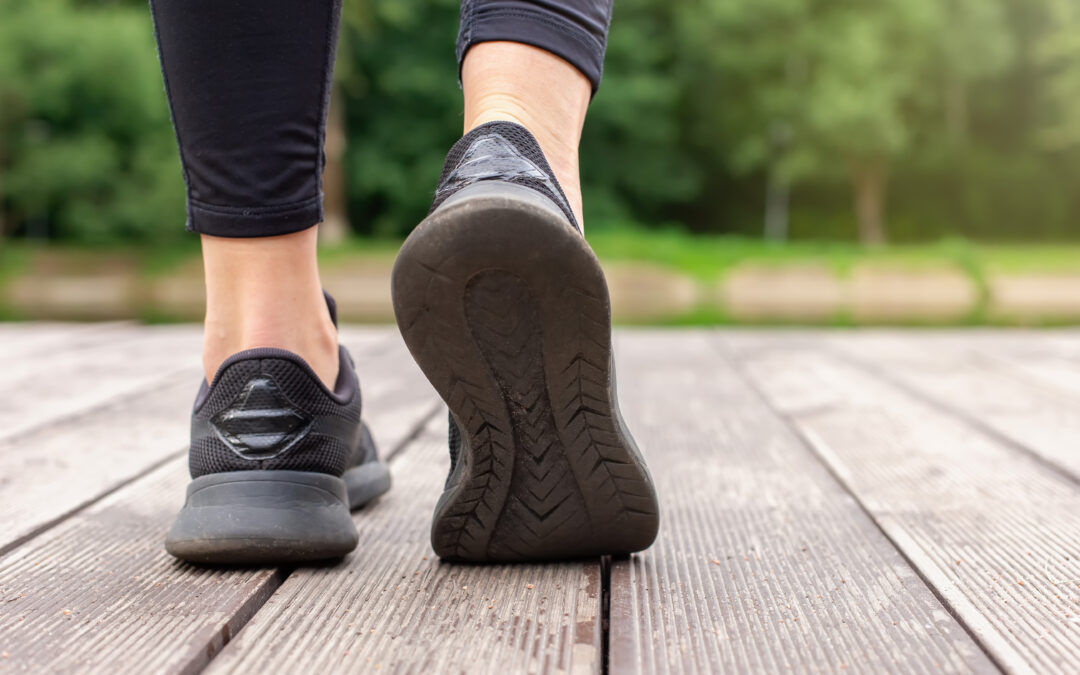Choosing the right shoes is crucial for maintaining foot health and managing common foot conditions. Whether you’re dealing with plantar fasciitis, bunions, or flat feet, selecting footwear that offers proper support, and cushioning can alleviate discomfort and prevent further issues. Here’s a guide to help you choose the best shoes for these specific foot conditions.
Plantar Fasciitis
Plantar fasciitis is a common condition characterized by inflammation of the plantar fascia, the band of tissue running across the bottom of the foot. This often results in heel pain, especially with the first steps in the morning.
- Arch Support: Look for shoes with excellent arch support to reduce strain on the plantar fascia. High or contoured arch support can help distribute pressure more evenly and provide relief.
- Cushioning: Shoes with ample cushioning, particularly in the heel area, can absorb shock and reduce impact. Gel or foam insoles are ideal for this purpose.
- Stability: A stable shoe with a firm heel counter will help prevent excessive foot movement and support proper alignment. Avoid shoes with excessive flexibility.
Bunions
Bunions are bony protrusions that form at the base of the big toe, causing it to angle toward the second toe. This can lead to pain and discomfort, especially when wearing ill-fitting shoes.
- Wide Toe Box: Try shoes with a wide and deep toe box to accommodate the bunion and reduce pressure on the affected area. Shoes that offer a comfortable fit without squeezing the toes are essential.
- Soft Materials: Choose shoes made from soft, flexible materials that can adapt to the shape of your foot without causing irritation.
- Low Heel: High heels can exacerbate bunion pain. Look for shoes with low heels or flat soles to minimize pressure on the forefoot.
Flat Feet
Flat feet occur when the arches of the feet collapse, leading to a lack of support and potential discomfort. This condition can result in overpronation, where the feet roll inward excessively.
- Arch Support: Shoes with built-in arch support or custom orthotics can help maintain proper alignment and reduce strain on the feet. Look for shoes designed specifically for flat feet or those with removable insoles to accommodate custom supports.
- Stability: Shoes with a structured and supportive design can help control overpronation and provide a stable base. Motion control shoes are particularly beneficial for this purpose.
- Cushioning: Adequate cushioning helps absorb shock and reduce impact on the feet. Look for shoes with foam or gel inserts for added comfort.
Conclusion
Choosing the right shoes for specific foot conditions is essential for managing discomfort and maintaining overall foot health. For plantar fasciitis, prioritize arch support, cushioning, and stability. For bunions, focus on a wide toe box, soft materials, and low heels. For flat feet, seek shoes with strong arch support, stability, and cushioning. By selecting footwear that addresses these needs, you can alleviate pain and prevent further complications. Always consider consulting with a podiatrist or footwear specialist to ensure you’re making the best choice for your individual condition and lifestyle.


